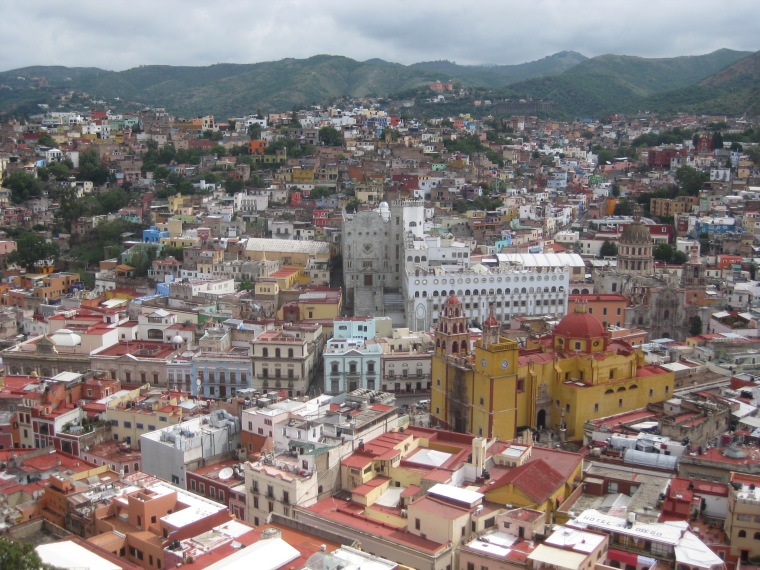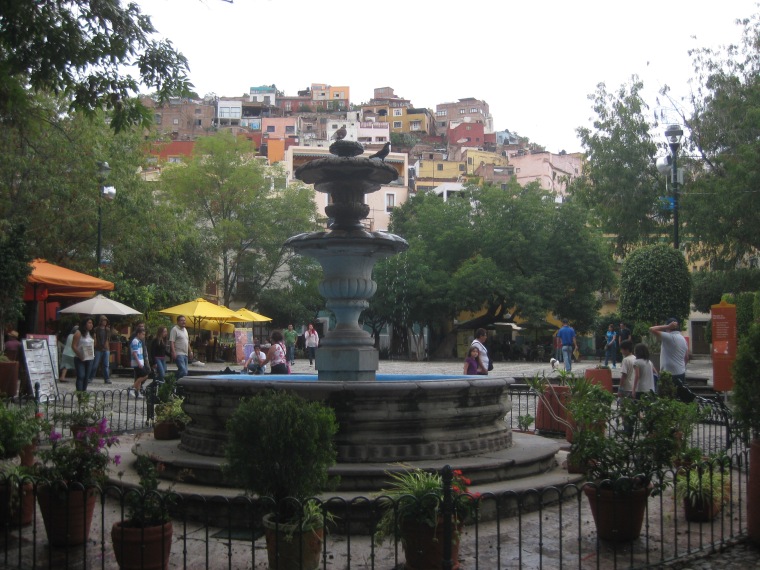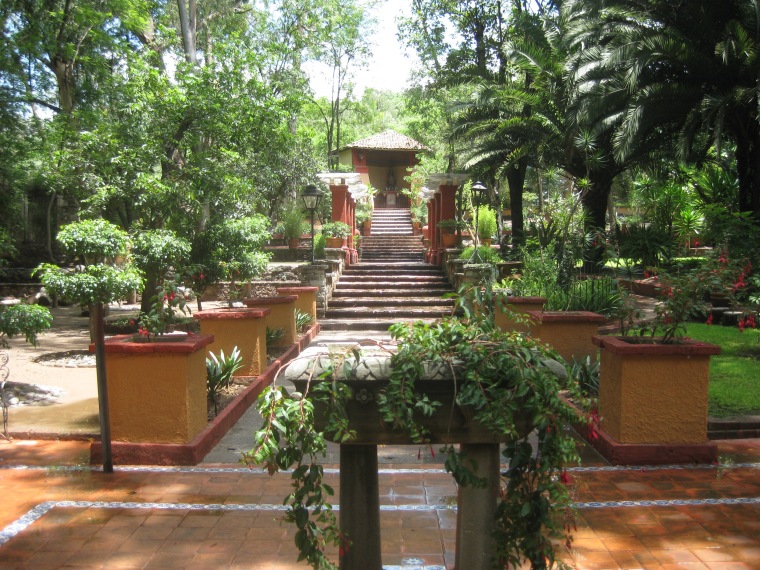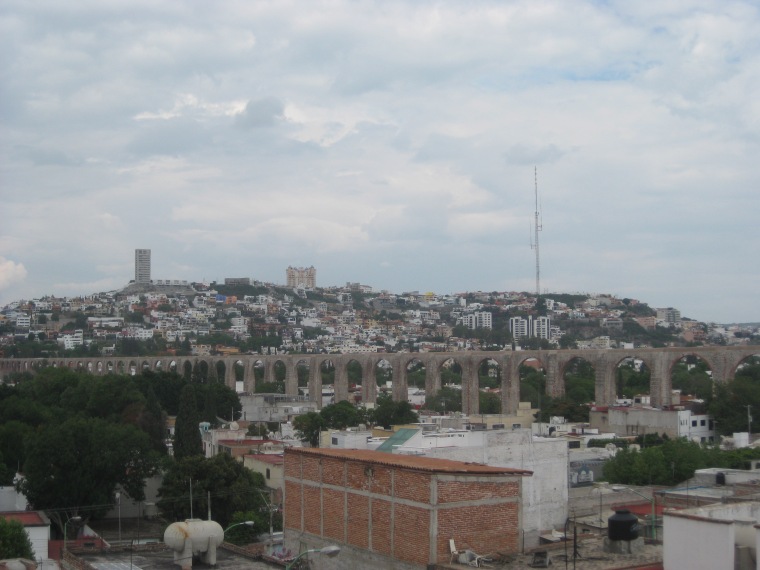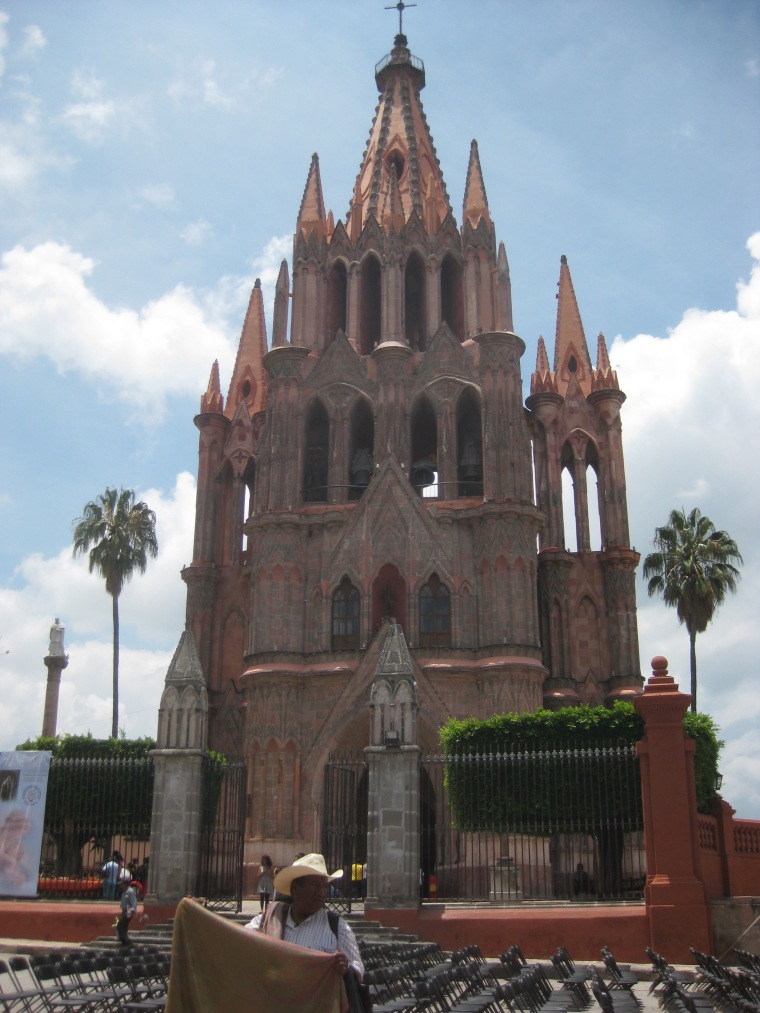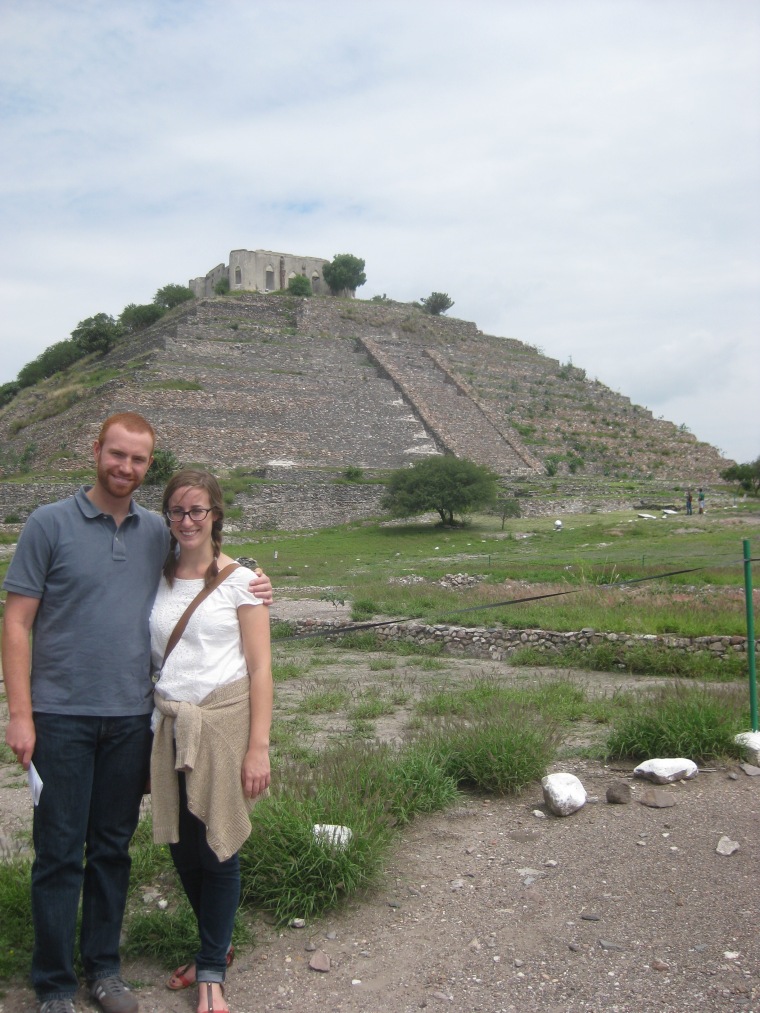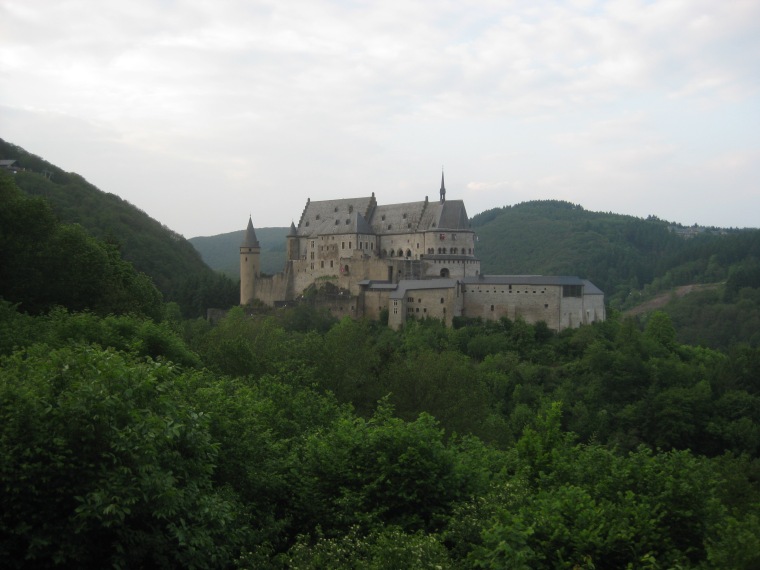I guess it’d be only fitting to document some of our Camino adventures here. I was looking back through the archives of this blog the other day, and noticed a post from 2012, mentioning how one day we’d like to make the pilgrimage. Less than two years later, we’ve finished our long-dreamed of adventure, and after a month off the Camino, I hope I can offer some interesting and useful insights into the experience.
We started our pilgrimage in the traditional location, just over the border into France in the town of St. Jean Pied de Port. Situated in the historic Basque country, St. Jean espouses traditional Basque architecture highlighted by the cleanliness and care found in French villas.

We stayed our first night in a hostel here, and since it was still a somewhat novel experience, I look back on it as one of the more cozy and caring establishments in which we over-nighted.
Some highlights from this hostel included a get-to-know you session before dinner led by the hospitalero (those who run the hostels on the Camino) team, a vegetarian meal with curry sauces and roasted vegetables abounding, a dorm room of only 8, and a generous breakfast provided. Along the Way, commodities like these would soon become scarce, and the distant memory of a clean, well-run albergue, would surface later, reminding me I should have been more grateful for the “amenities” at the time.
Most guidebooks, and even those who have completed the journey, warn that the first day is by far the most challenging day of walking. This is based on the fact that you climb virtually straight up for the first 20 km of the day’s hike, and complete a steep descent for the last 4km down into the Spanish hamlet of Roncesvalles. There is only one café along the way for a warm-up rest, and the weather can be brutal, even in June. I’d argue that the first day, while it is a test of your physical endurance, is not the ultimate difficulty described by some. I found the first day to be full of unexpected surprises, and that the excitement and adrenaline of starting a trip you’d planned and saved for for so long to far surpass the steep inclines and aching knees on the descent. Further along on the Way, putting one foot in front of the other became not only a physical trial, but a mental one as well. Fatigue and routine are much more demanding to overcome than a single ascent.
Some thoughts that have stuck since this day, June 4, 2014:
The 2 euro café con leche stop was well worth the overpriced beverage, as it was our only real rest stop between 8:00 am and 4:30 pm.
I am shocked by how cold we were on June 4th. Lulled by the warmth of the beginning of summer vacation in the states, this is still technically Spring, and we shivered and shuffled our way through blasting wind, forty degree temperatures, razor like rain on our faces, and foot-deep mud-ravines. None of us was prepared for these types of conditions.
The omelette sandwich prepared for our lunch by the hospitaleros was the grossest baguette and egg concoction I have ever eaten. Hungry, cold, hoping to warm up in the emergency shelter located on the Spanish side of the mountain, I am sure my body temperature dropped even further when I quit moving. The lunch was supposed to give me energy to continue, but it only made me feel worse! My jaws couldn’t chomp through the chewy, tough resemblance to bread, and my throat wanted to spew up the dryness of it.
Why did the sign tell us that the upcoming descent was the “easy” way down?
Have you seen the movie the Way? Where Emilio Esteves’s character dies crossing the Pyrenees the first day of his pilgrimage? I scorned this story-line, ensuring others that there is no way you could die on the Camino by getting lost or falling. I now understand perfectly well how this could take place. Fog, rain, little to no visibility, and fatigue could all lead to wandering off the trail and never finding it again. Take my word for it, it is definitely a plausible story line.
Why did it take us so long to finish this stage? 8:00 am to 4:30 pm, really?
My legs don’t hurt quite as badly as I thought they would.
I don’t have to sleep in a bunk bed tonight? What a deal!
Where is the advil?

